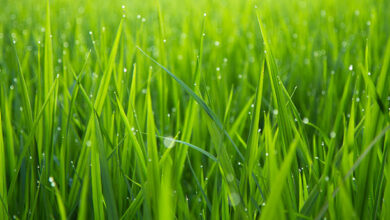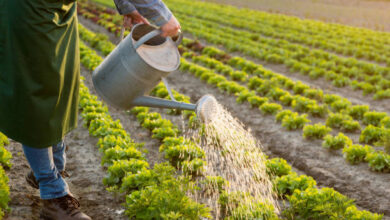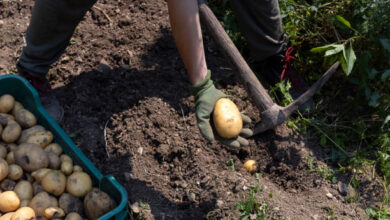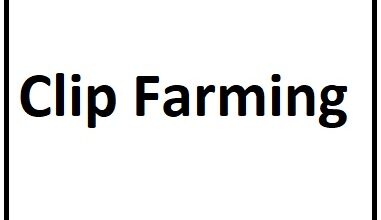When to Plant Tomatoes in Ohio: A Comprehensive Guide
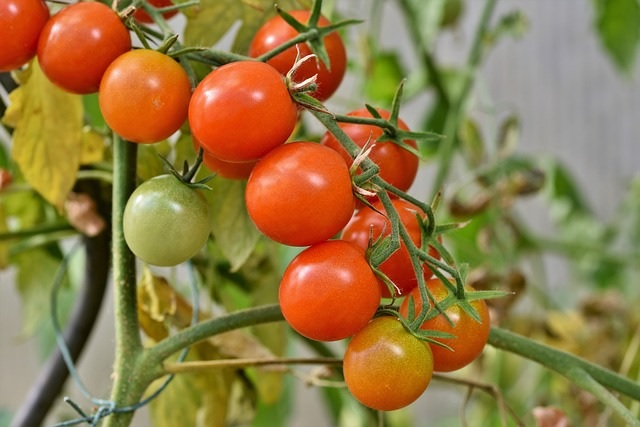
When to Plant Tomatoes in Ohio: A Comprehensive Guide
Are you excited to grow your own juicy, delicious tomatoes in Ohio? Timing is crucial to ensure a bountiful harvest. In this guide, we’ll delve into the best time to plant tomatoes in Ohio, share essential planting tips, and answer some frequently asked questions to help you become a successful tomato gardener.
Benefits of Planting Tomatoes in Ohio
- Nutritional Value
Tomatoes are a powerhouse of nutrition, packed with vitamins C and K, potassium, and antioxidants like lycopene. Growing your tomatoes allows you to enjoy fresh, nutrient-rich produce straight from your garden.
- Fresh Taste
Homegrown tomatoes offer a superior taste compared to store-bought varieties. The ability to pick tomatoes at their peak ripeness ensures maximum flavor and juiciness.
- Cost Savings
Growing your tomatoes can save you money, especially if you use seeds or seedlings. With a small investment in gardening supplies, you can enjoy a steady supply of tomatoes throughout the season.
Best Time to Plant Tomatoes in Ohio
Timing is everything when it comes to planting tomatoes in Ohio. Knowing when to plant your tomatoes can make the difference between a bountiful harvest and a disappointing yield. In this section, we’ll delve into the critical factors that determine the best planting time, including understanding frost dates, soil temperature, and the benefits of starting seeds indoors.
- Understanding Frost Dates
The primary consideration for planting tomatoes in Ohio is the last frost date. Tomatoes are warm-season plants that are highly sensitive to frost. Planting them too early, when there is still a risk of frost, can damage or kill young plants.
Last Frost Date: The last frost date varies across Ohio due to its diverse climate zones. Generally, in southern Ohio, the last frost date is around mid-April, while in northern Ohio, it can be as late as early May. Central Ohio typically sees the last frost in late April. It’s crucial to check the average last frost date for your specific area to avoid planting too early.
Frost Date Resources: Local extension services, gardening centers, and online tools can provide accurate last frost date information for your area. Websites like the National Weather Service and gardening apps also offer frost date calculators based on historical data.
- Optimal Soil Temperature
Soil temperature is another vital factor in determining the best time to plant tomatoes. Tomatoes prefer warm soil to thrive and grow properly.
Ideal Soil Temperature: The optimal soil temperature for planting tomatoes is between 60°F and 70°F. Planting in soil that is too cold can stunt the growth of your plants and delay fruit production. Cold soil can also lead to root diseases and other issues.
Checking Soil Temperature: Use a soil thermometer to measure the temperature at the planting depth. Insert the thermometer about 2-3 inches into the soil in the morning, when temperatures are typically at their lowest. Ensure that the soil consistently stays within the ideal temperature range before planting.
- Starting Seeds Indoors
To maximize the growing season and get a head start on tomato production, many Ohio gardeners choose to start tomato seeds indoors.
Timing for Indoor Starting: Start tomato seeds indoors about 6-8 weeks before the last expected frost date. For most of Ohio, this means starting seeds in late February to early March. This timing allows seedlings to grow strong and healthy before being transplanted outdoors.
Indoor Growing Conditions: Use seed-starting trays and a high-quality seed-starting mix. Place the trays in a warm, sunny location or use grow lights to provide 14-16 hours of sunlight per day. Keep the soil consistently moist but not waterlogged.
Transplanting Seedlings: Once the danger of frost has passed and the soil temperature is warm enough, gradually acclimate your seedlings to outdoor conditions by hardening them off. Start by placing them outside in a shaded area for a few hours each day, gradually increasing their exposure to sunlight and outdoor temperatures over 7-10 days. This process helps prevent transplant shock and prepares the plants for the garden.
- Consider Local Climate Variations
Ohio’s diverse climate means that the best planting time can vary even within short distances. Microclimates, urban heat islands, and elevation differences can all influence planting times.
Microclimates: Your specific garden location might have unique conditions that affect planting times. For example, gardens near buildings or pavement might warm up faster than open fields.
Local Gardening Communities: Joining local gardening groups or forums can provide valuable insights into the best planting times in your area. Experienced gardeners in your community can share their observations and tips based on years of experience.
Planting Tips for Tomatoes in Ohio
- Choosing the Right Variety
Select tomato varieties that are well-suited to Ohio’s climate. Some popular choices include Roma, Beefsteak, and Cherry tomatoes. Heirloom varieties are also a great option if you prefer unique flavors and colors.
- Soil Preparation
Tomatoes prefer well-drained, nutrient-rich soil. Prepare your garden bed by adding compost or well-rotted manure to improve soil fertility. A soil pH between 6.0 and 6.8 is ideal for tomatoes.
- Planting Depth and Spacing
When planting tomato seedlings, bury them deeper than they were in their pots, covering about two-thirds of the stem. This encourages strong root development. Space plants 18-24 inches apart to ensure adequate airflow and reduce the risk of disease.
- Watering and Mulching
Consistent watering is crucial for healthy tomato plants. Water deeply and regularly, aiming to keep the soil evenly moist but not waterlogged. Mulching around the base of the plants helps retain soil moisture and suppress weeds.
You May Love To Read:
What Planting Zone is Missouri? Your Guide to Gardening Success
When to Plant Clover: A Comprehensive Guide
When to Plant Potatoes in Texas: The Ultimate Guide.
Frequently Asked Questions
- When is the best time to plant tomatoes in Ohio?
The best time to plant tomatoes in Ohio is after the last frost date, typically between mid-April and early May. Ensure the soil temperature is consistently above 60°F for optimal growth.
- Can I start tomato seeds indoors in Ohio?
Yes, starting tomato seeds indoors 6-8 weeks before the last frost date is recommended. This means starting seeds in late February to early March. Transplant the seedlings outdoors once the danger of frost has passed.
- What are some good tomato varieties for Ohio?
Popular tomato varieties for Ohio include Roma, Beefsteak, Cherry tomatoes, and various heirloom varieties. Choose varieties that are disease-resistant and suited to your growing conditions.
- How often should I water my tomato plants?
Water tomato plants deeply and consistently, aiming to keep the soil evenly moist. Avoid overwatering, as this can lead to root rot and other issues. Mulching helps retain soil moisture and reduce the frequency of watering.
- What should I do if there’s a late frost?
If a late frost is predicted, cover your tomato plants with frost blankets, sheets, or plastic to protect them. Remove the coverings during the day to allow sunlight and air circulation.
Conclusion
Planting tomatoes in Ohio can be a rewarding experience with the right timing and care. By understanding the best planting times, preparing your soil, and choosing suitable varieties, you can enjoy a bountiful harvest of delicious, homegrown tomatoes. Remember to monitor the weather and protect your plants from late frosts. Happy gardening!

